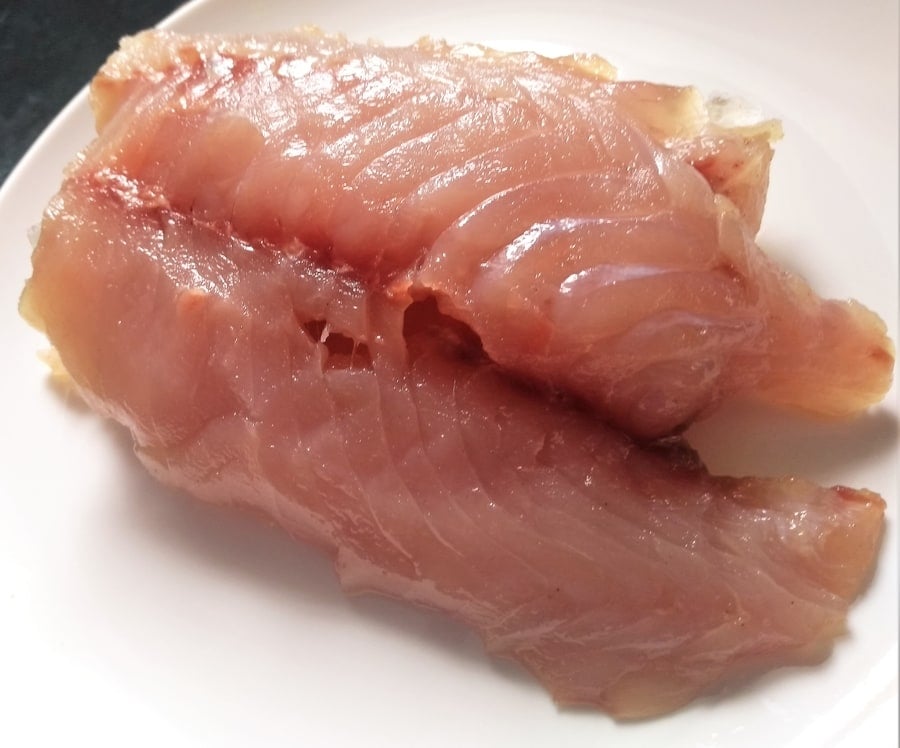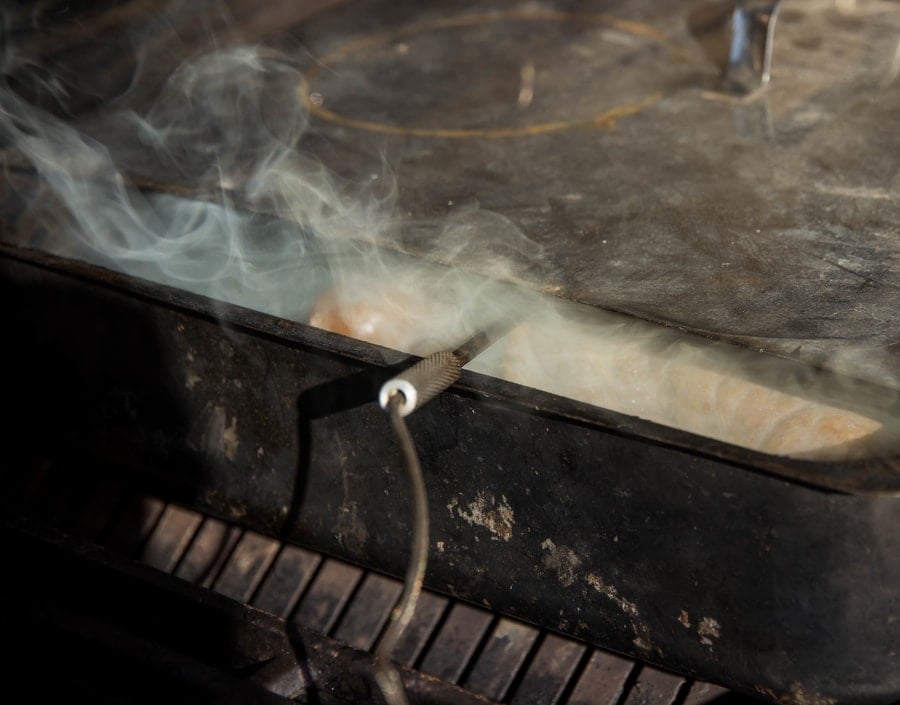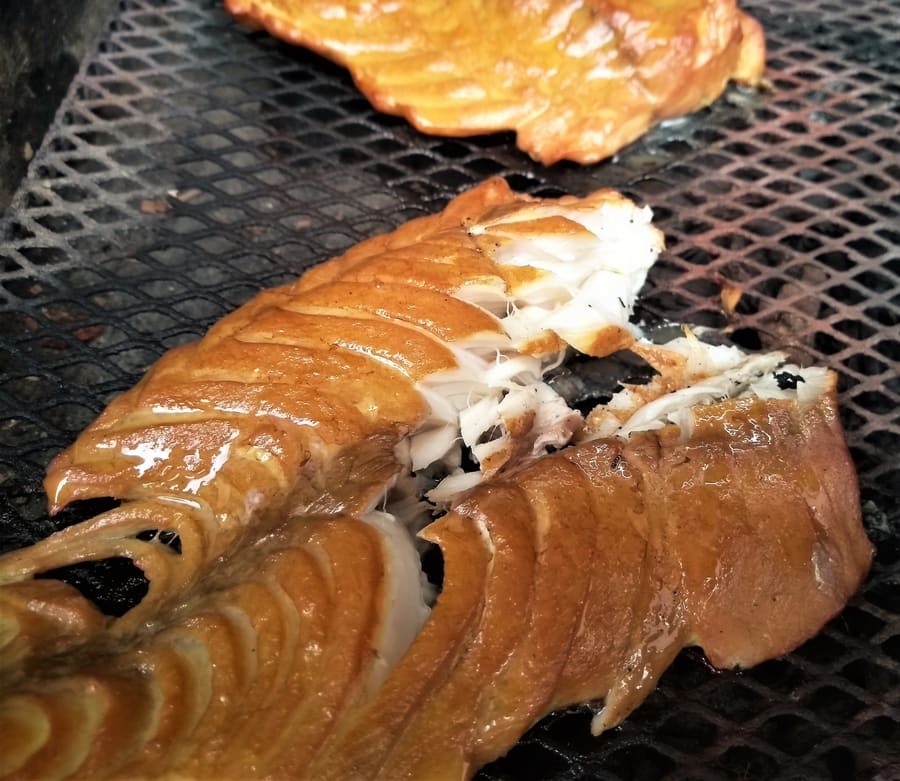After decades of smoking meat — from wild venison to farm-raised pork and ocean-caught fish — I’ve learned that one small detail makes a huge difference in the final flavor: the pellicle. Whether you’re hot or cold smoking, forming a proper pellicle is what helps that beautiful smoky taste cling evenly to the surface of your meat.
It’s a step that’s often skipped or misunderstood, especially in quick how-to guides. Yet, if you want that deep, clean smoke profile with a rich color and balanced texture, learning how to form a pellicle is essential. Once you experience the difference, you’ll never skip it again.
In this guide, I’ll explain what a pellicle is, why it matters, and exactly how to form it for consistent results. Everything here comes from hands-on experience across countless smoking sessions and environments — from cold winter sheds to humid coastal kitchens.
What Is a Pellicle for Smoked Meat?
A pellicle is a thin, tacky film that forms naturally on the surface of meat once it’s been dried after curing or brining. You might not see it clearly, but you’ll feel it — a slightly sticky texture that tells you the proteins have tightened and formed a surface ready to catch smoke particles.

This film develops as moisture evaporates and proteins bind together. It’s what gives smoke something to hold onto, creating that deep amber or mahogany tone and flavor we associate with perfectly smoked meats. Without a pellicle, smoke can slide off, leaving uneven color and a flat taste.
Why the Pellicle Matters
Forming a pellicle is more than tradition — it’s chemistry in action. It affects how smoke adheres, how flavor develops, and how the meat’s surface behaves during the smoking process. Getting this step right can turn an average result into something truly special.
- Flavor absorption: The tacky layer allows smoke phenols to bind evenly, deepening flavor.
- Color formation: It promotes that golden-brown or reddish hue across the surface.
- Texture protection: A good pellicle prevents the meat from over-drying or toughening.
- Preservation aid: Because smoke itself has antibacterial qualities, better adhesion enhances its mild preservative effect.
Once you’ve seen the results — the clean burn, balanced flavor, and beautiful color — it becomes second nature. The pellicle isn’t complicated, but it’s a mark of precision and patience every skilled smoker learns to appreciate.
How to Form a Pellicle
Forming a pellicle doesn’t take special equipment, just the right environment. It’s about airflow, temperature, and time. Through years of testing — from garage setups to professional curing chambers — I’ve found a few universal rules that always hold true.
- Airflow: Place the meat on a rack or hang it freely so air can circulate evenly.
- Temperature: Keep the room cool, ideally below 15 °C / 59 °F, to prevent spoilage and allow slow surface drying.
- Fan assistance: A small fan speeds up drying and prevents humid air pockets.
- Timing: Depending on thickness, a pellicle may form within a few hours or overnight for larger cuts.

When the surface feels slightly tacky to the touch, it’s ready. If it still feels slick or wet, let it rest longer. You’ll quickly learn the difference through observation and touch — those instincts become second nature with practice.
How Long Does It Take to Form a Pellicle?
The time needed to form a pellicle depends on a few factors: the cut of meat, its thickness, the temperature, humidity, and the amount of airflow. I’ve done this process hundreds of times across all sorts of conditions, and the main thing to remember is this: you’re aiming for tacky, not wet.
Smaller items like fish fillets or thin bacon pieces can develop a pellicle in under an hour, while thicker cuts such as pork belly, pancetta, or turkey breast may take most of the day. The table below shows the typical timeframes that have worked best for me over the years.
| Type of Meat | Minimum Time | Ideal Time |
|---|---|---|
| Pork Belly / Bacon | 1–4 hours | Overnight (8–12 hours) |
| Trout / Salmon Fillet | 30–60 mins | 1–4 hours |
| Chicken / Turkey Breast | 2–4 hours | 3–6 hours |
| Seafood (Mussels / Scallops) | 30–60 mins | 1–3 hours |
| Whole Fish (under 3kg / 6lb) | 2–4 hours | Overnight |
These are flexible guidelines — the key is always the surface feel. If it’s slightly sticky and glossy, you’re ready to start smoking. If it’s still slippery, give it more time and ensure there’s enough airflow to help moisture escape evenly.

Best Environments to Form a Pellicle
I’ve tried forming pellicles in just about every kind of environment you can imagine — from humid kitchens to outdoor sheds and converted fridges. What matters most is consistent air movement and keeping the temperature cool enough to slow bacteria while allowing moisture to evaporate gradually.
- Fridge: Ideal for smaller cuts and fish fillets. Leave the meat uncovered on a wire rack so air can circulate freely.
- Garage or Shed: As long as the temperature stays under 20 °C / 68 °F, this works perfectly for larger batches. A small fan can help keep air moving.
- Inside the Smoker: If your smoker is cool and dry before lighting, rest the meat inside with vents open for a few hours to develop the pellicle.
- DIY Box or Cabinet: Even a cardboard box with a fan can work in mild conditions — I’ve done this successfully when space was limited.
Understanding how airflow and temperature work together can make or break your results. For those refining their technique, the Cold Smoking Temperature Table & Tips covers how to control these conditions across different setups.
When you start experimenting with more foods beyond meat, the same principles apply. Even cheese benefits from a gentle pellicle-like surface before cold smoking, helping it develop a smooth, clean smoke coating that’s never bitter or harsh.
Pellicle vs. Bark — What’s the Difference?
This is where many beginners get confused. The pellicle and the bark are not the same thing. A pellicle forms before smoking, creating a sticky surface for smoke to cling to. A bark, on the other hand, develops during low and slow smoking, when heat and rubs caramelize and dry into a crust.
- Pellicle: Tacky surface formed by drying before smoking; improves smoke adhesion and color.
- Bark: Crust that forms from spice rubs and caramelization during long cooks with heat.
When cold smoking or short hot smoking sessions, a pellicle is essential because there’s not enough time or heat to form a bark. If you’re curious about how this process connects with specific meats, my All the Ways to Make Bacon at Home guide shows exactly how the pellicle affects color and smoke adhesion on cured pork belly.
How the Pellicle Affects Smoke Flavor

The pellicle gives smoke compounds — mainly phenols — a surface to attach to. This is what creates the smooth, layered flavor we associate with great smoked food. Without that layer, the smoke can be uneven or faint. The difference is clear in the taste and even more visible in the color.
When working with delicate foods like fish or seafood, understanding how smoke reacts to the pellicle is vital. For detailed examples, check out the Guide to Cold Smoking Fish and Seafood, where the timing, airflow, and surface drying techniques are broken down for consistent results.
Smoke flavor is also influenced by the wood you choose. Lighter woods like apple and alder give a mild aroma, while stronger options like hickory or oak cling more intensely to the pellicle layer. For an in-depth look at smoke science, the external guide from AmazingRibs – Science of Smoke breaks down how different smoke compounds develop flavor.
Why You Should Always Form a Pellicle
After years of experimenting with different meats and smoking setups, I can confidently say that forming a pellicle is one of the simplest ways to elevate your smoked food. It doesn’t require special tools — just time, air circulation, and a cool environment. Once you’ve mastered it, you’ll notice richer flavor, deeper color, and a cleaner finish every single time.
- Improves how smoke adheres to the meat’s surface
- Enhances flavor intensity and balance
- Creates a light antibacterial layer during smoking
- Reduces sooty or uneven residue on the meat
- Produces a more appealing golden or reddish-brown color
The pellicle step is especially valuable for cold smoking projects that run under a few hours — when heat isn’t strong enough to create a tacky layer naturally. I’ve seen countless people skip this stage and wonder why their bacon, fish, or pancetta came out dull or patchy. With the pellicle formed properly, smoke flavor builds evenly and the finished result looks like something out of a professional smokehouse.
If you’re exploring different setups, having reliable smoke delivery equipment also makes a difference. You can see the detailed performance comparison of smoke generators I’ve tested in the Smokai Smoke Generator Review.

Smoke application is a balancing act — airflow, temperature, and surface condition all work together. A pellicle is what allows you to manage that balance consistently, whether you’re using an advanced smoker or a simple DIY box setup. For anyone wanting to go deeper into the fundamentals, the Complete Guide to Cold Smoking ties these principles into the entire process from start to finish.
Food safety is also an important part of the equation. If you’re working with extended cold smokes or long drying times, following safe temperature control and hygiene practices is essential. The USDA Smoking Meat & Poultry Safety Guide provides an excellent overview of best practices for handling meat safely during the smoking process.
Further Reading & Related Guides
For more detailed techniques and experiments I’ve documented over the years, here are some other cold smoking resources worth exploring:
- Cold Smoking Temperature Table & Tips
- All the Ways to Make Bacon at Home
- Guide to Cold Smoking Fish and Seafood
- Smokai Smoke Generator Review
- Cold Smoking Theory & Equipment (PDF Guide)
What is a pellicle on smoked meat?
A pellicle is a tacky layer that forms on the surface of meat after curing or drying. It allows smoke particles to stick evenly during hot or cold smoking.
How long does it take to form a pellicle?
Depending on the meat and airflow, it usually takes from 30 minutes for thin fish to up to 12 hours for thick cuts like pork belly.
Can I form a pellicle in the fridge?
Yes. Place the meat uncovered on a wire rack with good airflow. Many fridges with active circulation form an ideal pellicle overnight.
Do I need a pellicle for cold smoking?
Yes, it’s essential. The pellicle ensures smoke flavor and color bind evenly across the surface without overheating the meat.
Have you noticed how forming a pellicle changes the flavor or color of your smoked meat? I’d love to hear your experiences — share your thoughts or questions in the comments below.

Tom Mueller
For decades, immersed in studying, working, learning, and teaching the craft of meat curing, sharing the passion and showcasing the world of charcuterie and smoked meat. Read More
